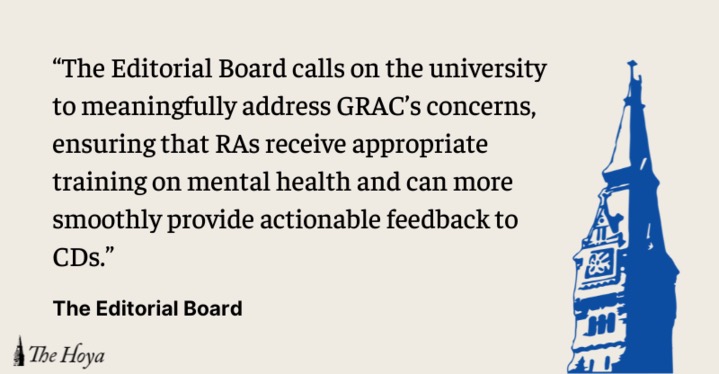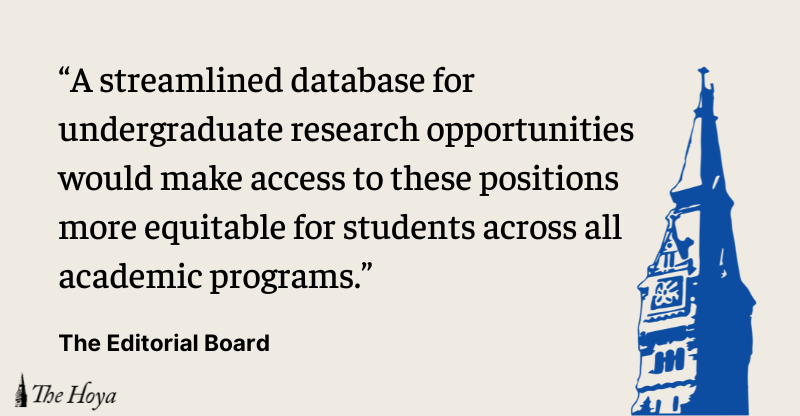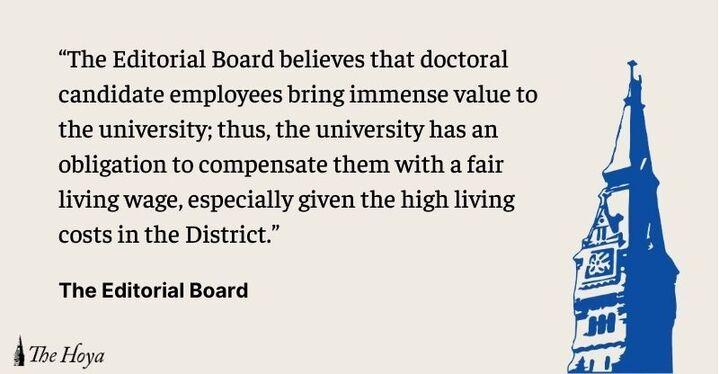As Georgetown closes in on the approval process for the 2010 Campus Plan, the chasm between the university and its neighbors is getting bigger — and the administration is partly to blame for its failed communication efforts.
Last Thursday, the Advisory Neighborhood Commission’s special meeting on the campus plan was rife with tension among all parties involved.
Since releasing their first draft of the plan just over a year ago, university officials have seen neighbors’ input derail a number of proposals. Among the changes: a scrapped graduate student residence proposal for the block housing Wisemiller’s and 1789 restaurant; a re-routing of Georgetown University Transportation Shuttle buses onto campus roads; and a freeze on undergraduate enrollment at current levels.
Even with these concessions, many locals remain opposed to a substantial increase in graduate student populations and demand that Georgetown make provisions to house more students on campus, particularly to cut back on the high number of undergraduates already living in Burleith and West Georgetown. This late in the game, neither side seems willing to yield ground.
Judging by last Thursday’s meeting, many neighbors believe that the university wishes to increase graduate student enrollment simply to generate greater revenue. While this may be partly true, Georgetown representatives failed to communicate the role graduate programs play in attracting faculty and grants, and in raising our university’s ranking among peer institutions. A failure to explain the demands of a university’s business model only perpetuates misunderstanding.
Another focus of debate is the swelling of so-called student slums. Granted, the responsibility for the upkeep of rental properties’ exteriors lies with the landlords, but the university has a say in the matter, too. The university ought to express solidarity with its neighbors by holding landlords more accountable for the properties leased by students. Doing so could make the community more willing to concede on other points.
The university must also realize that the road to better community relations doesn’t end once the Zoning Commission makes its call on the plan this time around. Immediate steps should be taken to limit roadblocks when it comes time to approve the next campus plan 10 years from now.
The university’s best strategy would be to consciously select strong communicators to represent the university among the neighbors. Vice President for Student Affairs Todd Olson, for instance, was exceptionally levelheaded throughout Thursday’s three-hour meeting. He answered questions clearly, honestly and succinctly, and served as a prime example of the type of spokesperson the university and its campus plan need.
The university isn’t barreling through this plan for the sake of reckless growth. Rather, it is looking to position Georgetown for future growth. But strategic development aside, the turbulent proceedings of last Thursday show us that a cumbersome approach to neighbor relations will guarantee the clashes keep on coming.
To send a letter to the editor on a recent campus issue or Hoya story or a viewpoint on any topic, contact [email protected]. Letters should not exceed 300 words, and viewpoints should be between 600 to 800 words.













